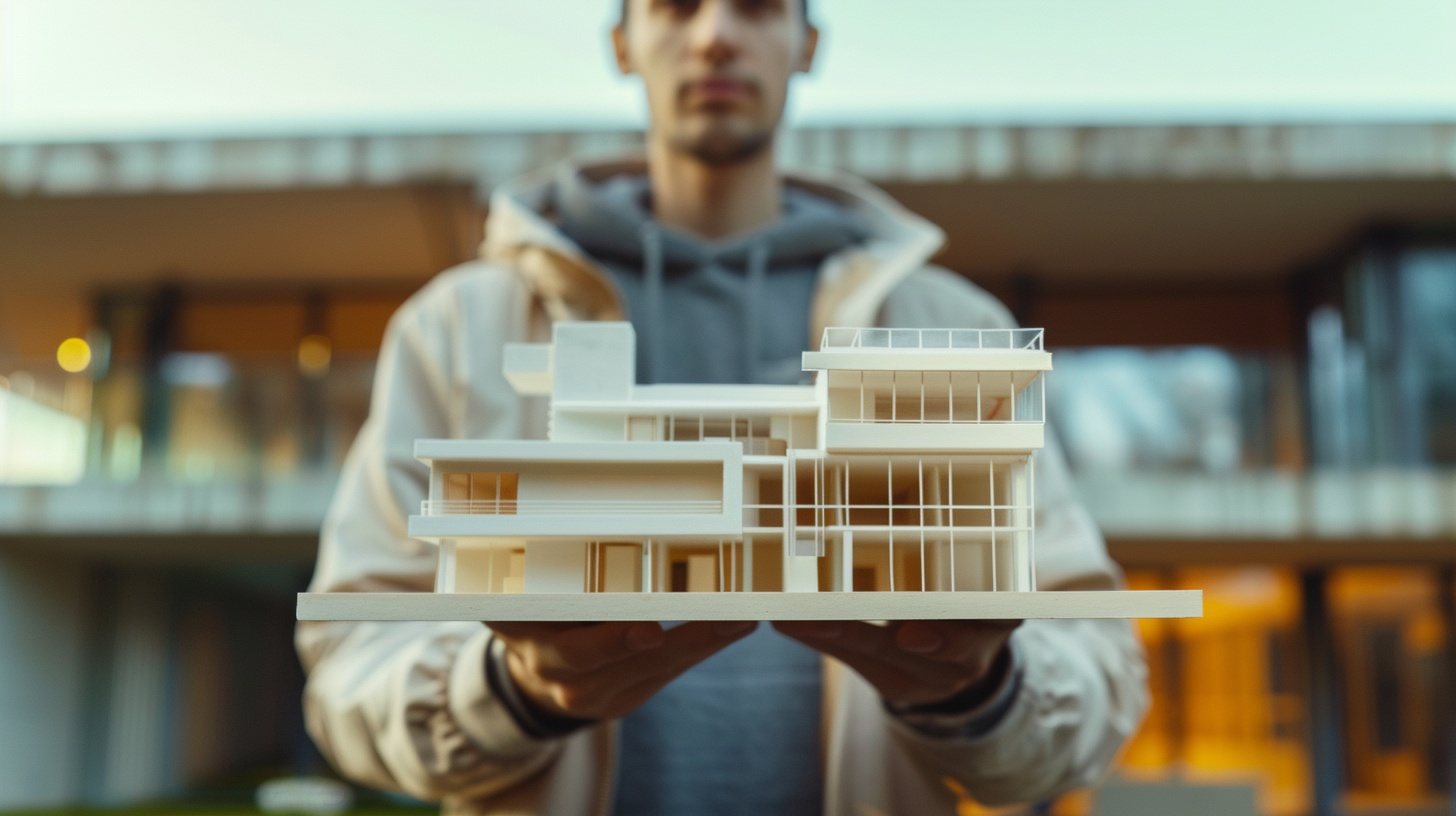
Learn The Relationship Between Architecture and Psychology

Have you ever walked into a building and felt instantly at ease, or conversely, experienced a sense of discomfort without quite knowing why? This isn’t just a matter of personal preference; it’s the fascinating intersection of architecture and psychology at work. When we delve into the relationship between these two fields, we uncover a wealth of insights into how our built environment shapes our emotions, behaviors, and overall well-being.
At its core, architectural psychology delves into the interactions between humans and the physical spaces they inhabit. It’s a multidisciplinary field that draws from psychology, architecture, and even neuroscience to understand how design impacts our mental states. You might not realize it, but every aspect of a building – from its layout and lighting to its colors and materials – can influence how we think, feel, and act.
Psychological Effects of Architecture
Take, for example, the psychological effects of architecture. Research suggests that the design of a building’s façade can significantly impact our mood and perception. A complex and visually stimulating façade tends to evoke positive emotions, while a simpler, monotonous one may leave us feeling uninspired. These findings highlight the power of architectural design to evoke emotional responses and shape our overall experience of a space.
But it’s not just about aesthetics; functionality plays a crucial role too. How a building is laid out can affect everything from our social interactions to our productivity. Think about the difference between navigating a spacious, well-lit atrium versus a cramped, dimly lit hallway. The former invites exploration and socializing, while the latter might induce feelings of claustrophobia and isolation.
Examples and Practical Applications of Relationship Psychology and Architecture
Biophilic Design
One area of interest is biophilic design, which integrates natural elements into built environments to foster a stronger connection with nature. Research suggests that exposure to natural light, greenery, and views of the outdoors can have profound effects on our mental health and well-being. Incorporating these elements into architectural design isn’t just aesthetically pleasing; it can also reduce stress, improve mood, and enhance cognitive function.
Consider the impact of natural light on our circadian rhythms. Buildings with ample windows and skylights not only provide more natural light but also help regulate our internal body clocks. This has implications for everything from sleep quality to mood stability. By prioritizing access to natural light in architectural design, we can create spaces that support our physiological and psychological needs.
Color Psychology
Another example is the use of color psychology in architecture. Different colors have been shown to evoke distinct emotional responses, influencing our perception of a space. For instance, warm tones like yellow, orange, and red can create a sense of warmth and energy, while cooler tones like blue and green evoke feelings of calm and tranquility. By strategically incorporating color into architectural design, we can shape the atmosphere and mood of a space to better suit its intended purpose.
How To Leverage This Knowledge Into An Architect’s Projects
First and foremost, consider the needs and preferences of the people who will be using the space. Whether it’s an office building, a school, or a residential home, understanding the psychological impact of design choices can help create environments that cater to the well-being and comfort of occupants. Think about how different elements – such as lighting, color, layout, and materials – can influence mood, productivity, and overall satisfaction.
If you’re embarking on a new architectural project, consider consulting with experts in environmental psychology or biophilic design. These professionals can offer valuable insights and recommendations for creating spaces that promote health, happiness, and productivity. By integrating principles of biophilic design, for example, you can create environments that feel more natural and inviting, supporting mental and emotional well-being.
Small Things You Can Change To Improve the Psychological Impact of Your Environment
In your own home or workspace, there are simple changes you can make to improve the psychological impact of your environment. Experiment with different lighting solutions to create a warm and inviting atmosphere. Add touches of nature, such as indoor plants or natural materials, to bring a sense of the outdoors indoors. And don’t underestimate the power of color – choose hues that resonate with you and evoke the emotions you want to feel in each space.
Ultimately, the relationship between architecture and psychology offers endless possibilities for creating spaces that enrich our lives and enhance our well-being. By taking a human-centered approach to design and considering the psychological needs of occupants, we can create environments that are not only functional and aesthetically pleasing but also supportive of our mental and emotional health.
If you’re ready to embark on your architectural planning journey and create spaces that truly make a difference, don’t hesitate to reach out to Designs Boss. Our team of experts is here to help bring your vision to life and create environments that inspire, uplift, and empower. Contact us today to get started!
Latest

What Makes a Good Architectural University

What Are The Most Beautiful Bridges Ever Designed

